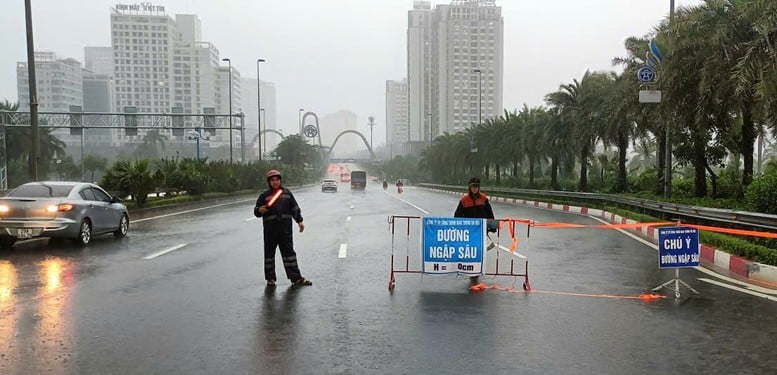
Urban flooding is not only a technical problem but also an indicator of unbalanced development between economic growth and environmental protection.
On the morning of October 29, the Ministry of Construction coordinated with the Prime Minister's Policy Advisory Council to organize a seminar on "Urban flooding - Current status, causes and solutions".
Technical infrastructure cannot keep up with urban development.
Speaking at the seminar, Mr. Tran Quoc Khanh, former Deputy Minister of Industry and Trade , Standing member of the Prime Minister's Policy Advisory Council, acknowledged: Urban flooding is not only a technical issue but also an indicator of unbalanced development between economic growth and environmental protection.
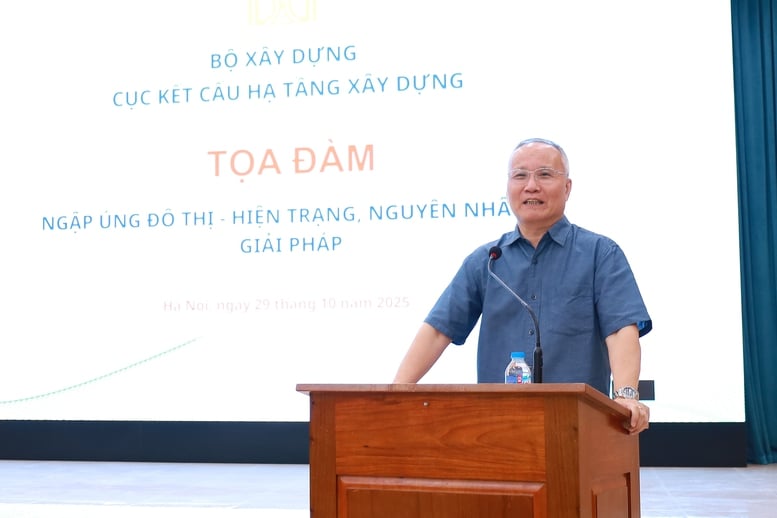
Mr. Tran Quoc Khanh, former Deputy Minister of Industry and Trade, Standing Member of the Prime Minister's Policy Advisory Council - Photo: VGP/PT
According to Mr. Khanh, climate change, extreme rains and rapid urbanization have made flooding a "never-ending problem." While 200mm of rain per day was previously considered a huge amount, many places now exceed that level.
"Even the Diplomatic Corps area, the highest area in Hanoi, has been deeply flooded, making it impossible to move. With just 50mm of rain, many streets are paralyzed, the flood water recedes very slowly, it used to take 2-3 hours to recede but now it takes 2 days to stay home. The return of flooding is a manifestation of the inadequacy of modern urban development," Mr. Khanh emphasized.
Mr. Khanh also said that flooding is a warning about uncontrolled development, when technical infrastructure cannot keep up with the speed of urban expansion. If we do not adjust soon, we are creating obstacles for future growth, affecting the quality of life and psychology of urban residents.
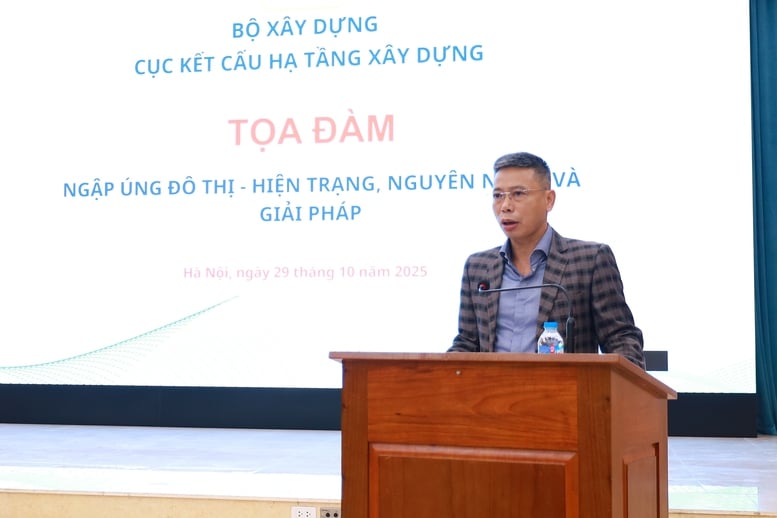
Mr. Ta Quang Vinh, Director of the Department of Construction Infrastructure (Ministry of Construction).
Mr. Ta Quang Vinh, Director of the Department of Construction Infrastructure (Ministry of Construction) admitted that the drainage systems of urban areas in Vietnam were formed a long time ago, and have been renovated and upgraded over many periods, but they are still patchy and lack uniformity. In particular, the drainage systems of urban areas today are mainly shared drainage (rainwater and wastewater are drained in the same system), so the ability to drain surface rainwater is more limited than a separate drainage system. This is also a cause of urban flooding during heavy rains.
According to Mr. Vinh, in some urban areas, there are actually centralized wastewater treatment plants but they have not reached their designed capacity due to the low rate of drainage connections from households or the collection network has not been invested in synchronously; the forecasting of current drainage plans cannot keep up with the reality of climate change impacts and extreme weather phenomena.
Besides the speed of urbanization, Mr. Vinh assessed that the investment in new construction and upgrading the drainage capacity of urban drainage systems has not received much attention, leading to the situation of not keeping up with the speed of urban development. The speed of mechanical population growth is also one of the reasons for the reduction in rainwater drainage capacity, leading to urban flooding.
In addition, in recent years, extreme weather phenomena have increased, heavy, prolonged, sudden rains have occurred more and more frequently, rainfall exceeds the designed frequency of urban drainage systems as well as combined with rising sea levels to form a combination of: river floods - rain - storms - high tides, completely paralyzing the drainage systems of some urban areas, leading to widespread flooding.
Due to lack of resources, investment in drainage networks and wastewater treatment plants is not synchronized, so the designed capacity of wastewater treatment plants is not fully exploited, reducing the efficiency of project investment. Many stormwater drainage systems (surface water) in urban areas are overloaded, and drainage capacity cannot keep up with the reality of climate change impacts and extreme weather events.
Some drainage projects to prevent flooding have been invested but their implementation is still slow and ineffective, not fundamentally handling the flooding situation in some localities and keeping up with forecasts of weather developments and climate change; the drainage system database is not synchronized with data of other projects such as: traffic, electricity, clean water, telecommunication cables, etc.
"Flooding not only causes material damage, disrupts traffic, and affects daily life, but also reduces the confidence and quality of life of urban residents," Mr. Vinh emphasized.
The locality experienced unprecedented floods.
This is an unfortunate reality, especially after the historic floods in Hanoi and other localities, due to the impact of storms No. 10 and 11. According to Mr. Le Van Du, Head of the Department of Water Supply and Drainage Infrastructure Management (Hanoi Department of Construction), the capital's drainage planning until 2030, with a vision to 2050 (according to Decision 725/QD-TTg) divides Hanoi into 3 main drainage areas: Ta Day, Huu Day and North Hanoi, with a total area of 125,400 hectares. The main drainage sources include the Red River, Day River, Tich River, Bui River, Nhue River, Duong River, Ca Lo River, etc.
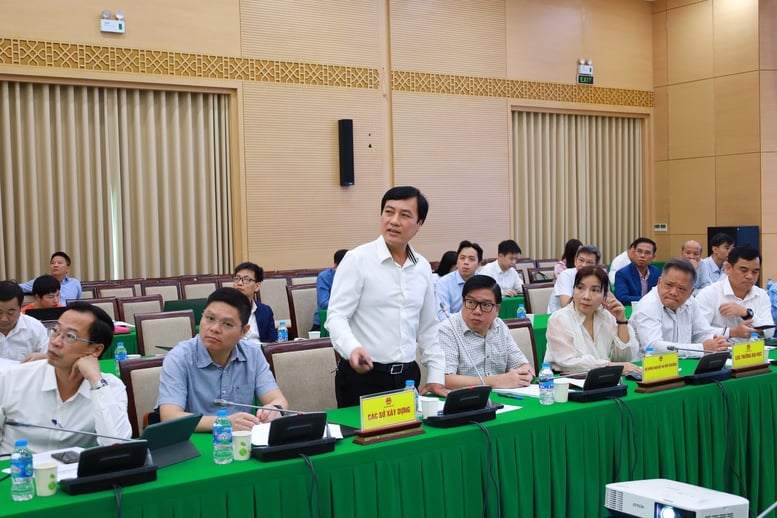
Mr. Le Van Du, Head of Water Supply and Drainage Infrastructure Management Department (Hanoi Department of Construction)
However, in reality, drainage infrastructure has not kept up with the pace of urbanization. Currently, only the To Lich river basin has been invested synchronously with Yen So pumping station and the regulating lake system; the remaining areas have only reached 27% of the investment volume, the capacity of the main works has only reached about 20% of the design, the regulating lake has only reached 18.7% compared to the planning.
According to Mr. Du, after storms No. 10 and 11, Hanoi identified seven main causes of flooding, including extreme rain exceeding the design capacity; the drainage system still depends on agricultural infrastructure; the water level of the Nhue River exceeds the control threshold; investment is not synchronized; the pumping station capacity does not meet requirements; the infrastructure of new urban areas is not connected; and maintenance and management are still limited.
In fact, flooding is also serious in many localities, including Thai Nguyen. According to a representative of the Thai Nguyen Department of Construction, the locality recorded the largest flood in history, causing great impacts on the socio-economy and people's lives. The cause is partly due to the urbanization process, the drainage system has not been invested synchronously...
In Hai Phong, Mr. Pham Quang Quynh, Chairman of Hai Phong Water Supply and Drainage Company Limited, said that the city is facing increasingly serious flooding challenges due to the lack of a synchronous and degraded drainage system, while the urbanization speed is rapid, heavy rains and high tides are increasing. The old drainage system only meets about 40% of the core urban area, limiting the drainage capacity, especially when heavy rains exceed 50mm.
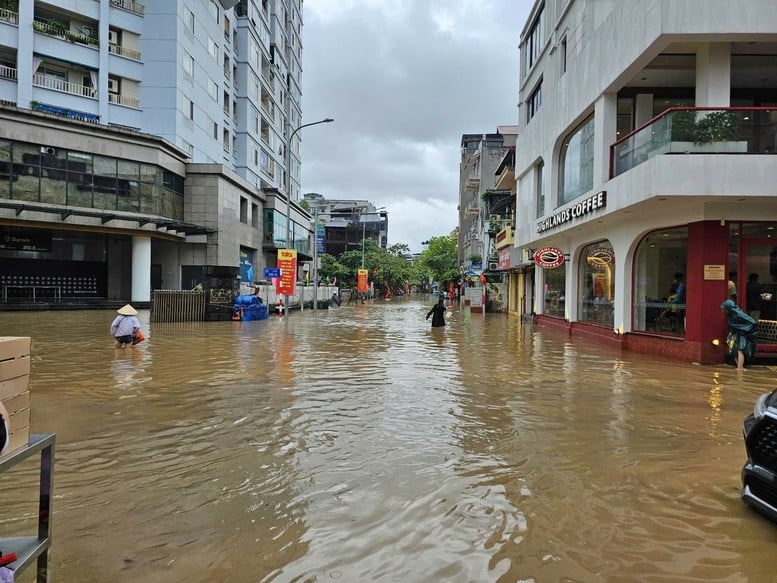
After storms No. 10 and 11, Hanoi identified the main causes of flooding, including the lack of connectivity in the infrastructure of new urban areas; and limited maintenance and management.
Discussing solutions, Mr. Pham Quang Quynh said that Hai Phong focuses on improving the capacity of management, maintenance and operation of the drainage system, closely coordinating with investors and contractors to ensure drainage capacity of the basin; at the same time, applying GIS technology, building a Flood Control Center, strengthening propaganda to raise public awareness and deploying technical solutions at flood "black spots"...
He also recommended the early promulgation of the Law on Water Supply and Drainage to have a basis for implementing synchronous solutions.
On Hanoi's side, Mr. Le Van Du, Head of the Department of Water Supply and Drainage Infrastructure Management (Hanoi Department of Construction) said: "The city is reviewing and adjusting the drainage and leveling planning, adding regulating lakes, underground tanks to store rainwater, and focusing resources on the Yen So, Yen Nghia, and Lien Mac pumping stations." At the same time, Hanoi also proposed to soon promulgate the Law on Water Supply and Drainage; the Ministry of Construction to promulgate new regulations and standards and regulations on the responsibility of investors in connecting and coupling the drainage system with the common infrastructure.
Mr. Nguyen Viet Anh, Vice President of the Vietnam Water Supply and Drainage Association, proposed the "10T" formula including: separation (dividing the basin to reduce the load on the downstream and dividing the construction phase according to financial capacity); permeation (increasing permeable surfaces); storage (regulating lakes, rainwater tanks, etc.); drainage (sufficiently large sewers, correct elevation); communication (good connection between items, synchronization); transfer (forced pumping if self-flowing is not possible); smart (forecasting, early warning of risks, optimizing operations); adaptation (people are aware of saving themselves); money (many sources); responsibility (prioritizing drainage, appropriate policies to mobilize resources).
Mr. Ta Quang Vinh, Director of the Department of Construction Infrastructure, said that the Ministry of Construction will revise and complete the Water Supply and Drainage Law Project to submit to the Government in 2026 and submit to the National Assembly for promulgation in 2027; focus on reviewing, amending and supplementing Decree No. 80/2014/ND-CP on drainage and wastewater treatment to submit to the Government in June 2026.
"The investment capital for the construction of drainage systems according to local planning cannot meet the investment needs of localities, while the investment demand by 2030 is about 250,000-300,000 billion VND. This requires the State to have investment capital from the budget or call for other capital sources to meet the needs of localities," said Mr. Vinh.
Therefore, Mr. Vinh recommended that the Ministry of Finance develop a public-private partnership mechanism for drainage and wastewater treatment projects; consider increasing the proportion of central budget capital allocation for flood prevention drainage projects, and wastewater collection and treatment projects of localities.
Phan Trang
Source: https://baochinhphu.vn/ngap-ung-do-thi-loi-canh-bao-ve-su-phat-trien-ha-tang-thieu-kiem-soat-102251029134814316.htm


![[Photo] New-era Party members in the "Green Industrial Park"](https://vphoto.vietnam.vn/thumb/1200x675/vietnam/resource/IMAGE/2025/10/30/1761789456888_1-dsc-5556-jpg.webp)


![[Photo] Prime Minister Pham Minh Chinh chaired a meeting to evaluate the operation of the two-level local government model.](https://vphoto.vietnam.vn/thumb/1200x675/vietnam/resource/IMAGE/2025/10/29/1761751710674_dsc-7999-jpg.webp)
![[Photo] Fall Fair 2025 - An attractive experience](https://vphoto.vietnam.vn/thumb/1200x675/vietnam/resource/IMAGE/2025/10/30/1761791564603_1761738410688-jpg.webp)




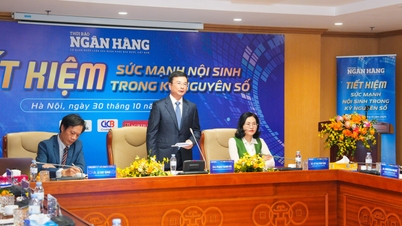
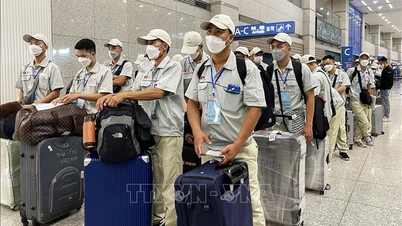







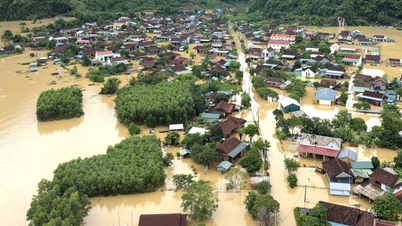
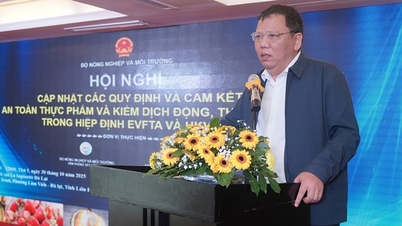
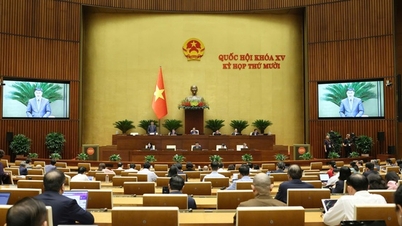
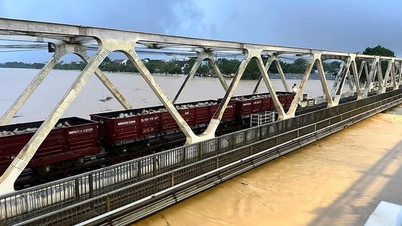
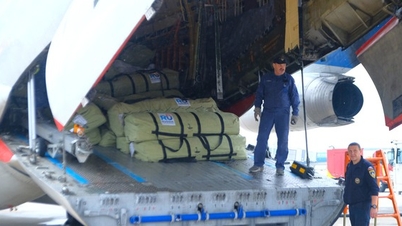
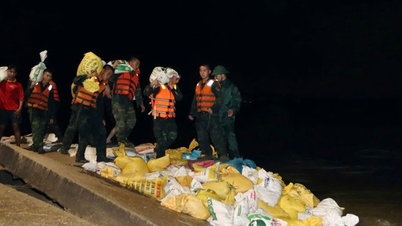






















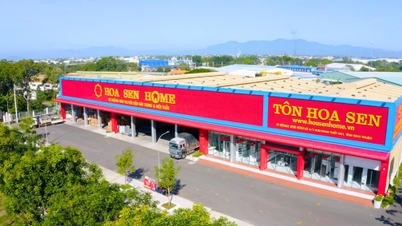

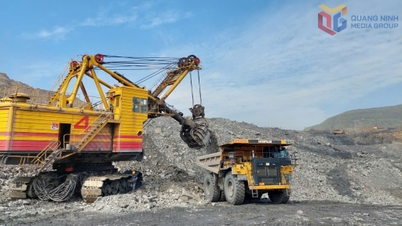



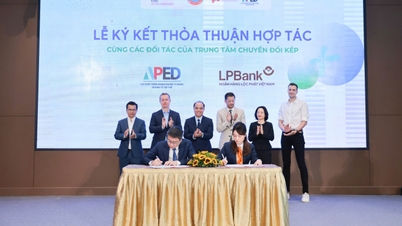

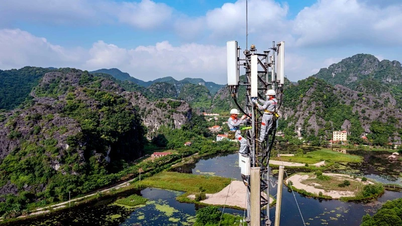








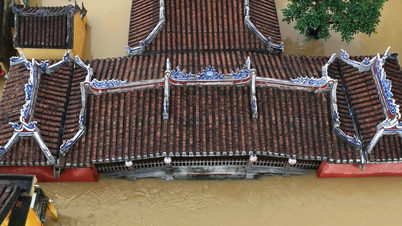

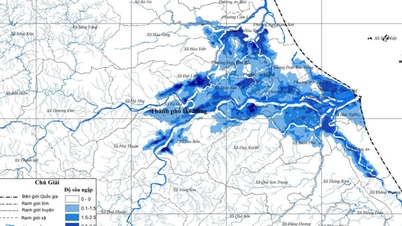




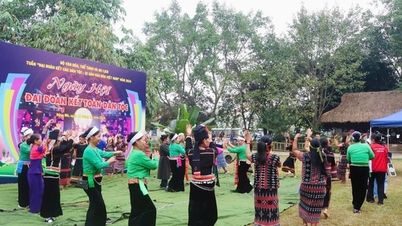
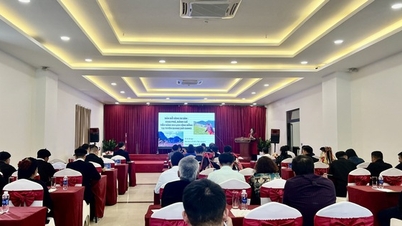
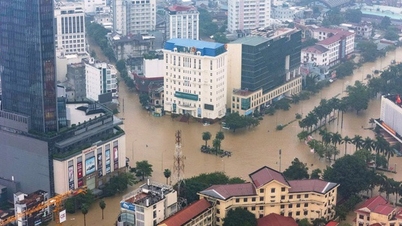



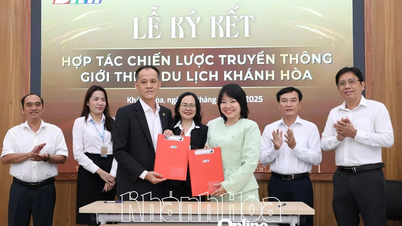



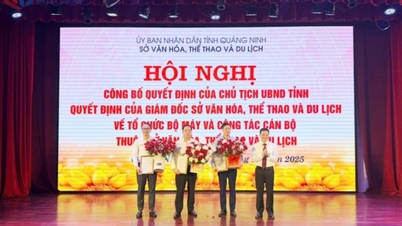
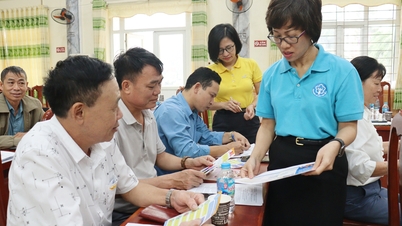

















Comment (0)